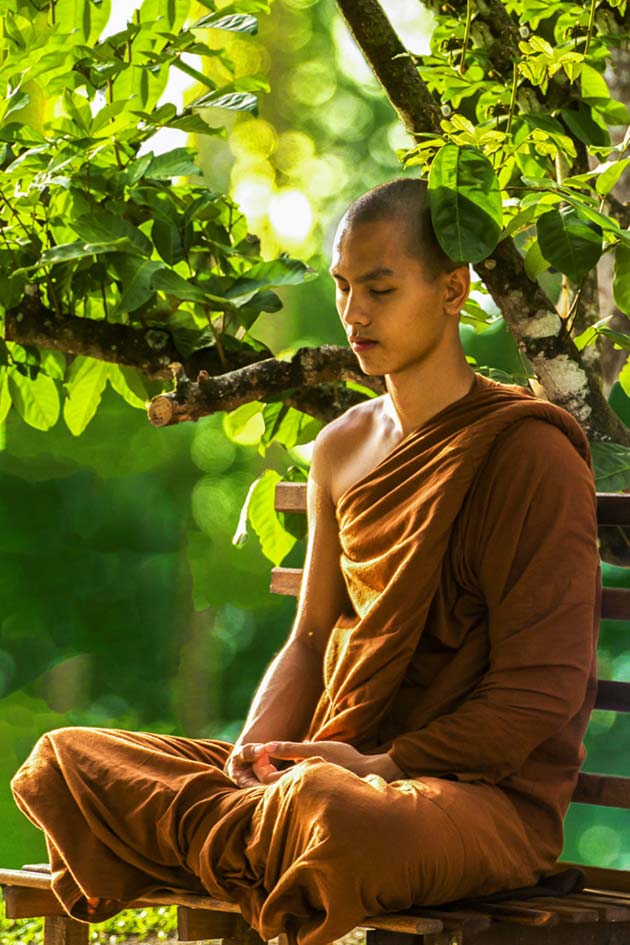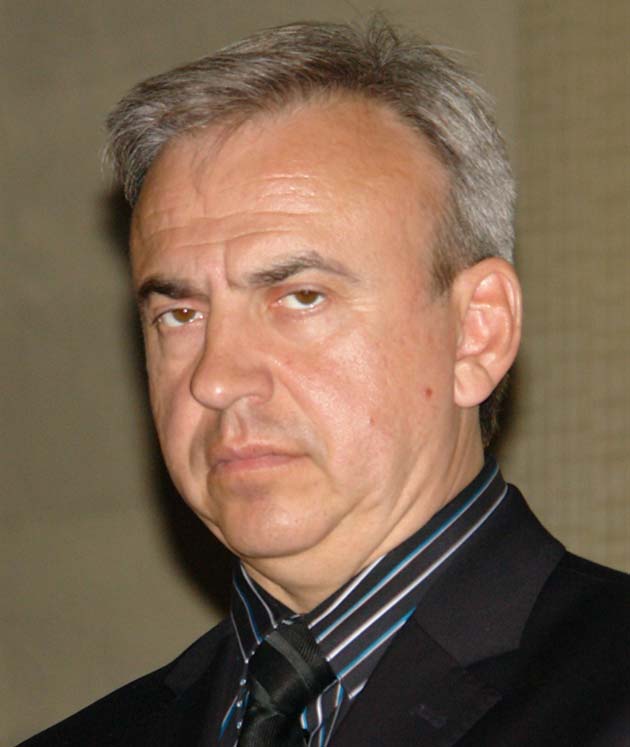|
 |
| |
SOME Tibetan monks can enter
a state of suspended animation..
|
ACCORDING to a report in the Daily Mail, Russian scientists “are actively studying Tibetan monks in the hopes of garnering tips for astronauts on future long-distance space missions.”
Journalist Will Stewart added: “Experts from Moscow State University are examining ancient techniques for putting the human body into a ‘semi-lethargic state – suspended animation,’ before returning to normal weeks later.
“They are also examining the electrical activity in the monks’ brains during deep meditation.”
The team is studying “posthumous meditation” when “monks are declared clinically dead, but remain sitting upright with no sign of decay for days or weeks.”
A leading expert in long-distance space travel, Prof Yury Bubeyev said that “hibernation” may be critical to reaching Mars.
“We are looking for possible methods that can help us,” he added. “One of them is the use of practices of altered states of consciousness, in which Buddhist monks have been most successful.
“These states were achieved by many hours of meditation, isolation and monotonous recitation of mantras, in which deep concentration is achieved.
“This was already closer to the states of consciousness that are of interest to us, thanks to which a person can change the speed of their metabolism.”
A psychologist, the professor said that the Dalai Lama has confirmed that such a method exists.
“Only a few are familiar with it,” Prof Bubeyev added. “A perfectly healthy person puts himself into a semi-lethargic state – suspended animation – and after a while, maybe a month later, returns back to normal.
 |
|
PROF YURY BUBEYEV: Hibernation “
may be critical to reaching Mars.”
(Photo: Yann)
|
|
“Such a practice would be very suitable for us. We very much hope to resume our research when the pandemic ends.”
One finding is that “for the first time, it was shown that the brain of a meditating person can completely switch off from external stimuli.”
The Russian team, wrote Will Stewart, “believes that a combination of the ancient methods of Tibetan monks and other technologies may be they key to long-distance space travel.”
Prof Bubeyev said that the researchers “asked the Dalai Lama to give us the opportunity to study the electrical activity of the brain of the most successful monk practitioners.
“In turn, the Dalai Lama proposed that we study the phenomenon of ‘posthumous meditation’.”
He told Moskovsky Komsomolets newspaper, “We were given more than 100 practising monks to study meditation.”
From Russia’s Institute of Biomedical Problems, Prof Bubeyev said: “Many methods are being studied that could help people to their dream, reaching Mars, with fewest losses for the body.
“One such method that is now being considered by both us and NASA is hibernation.
“One option is introducing cosmonauts into a state of ‘prolonged sleep’ during such a flight.
“The body, due to the inhibition of metabolism, will use its resources less and possibly because of that it will have increased resistance to radiation.”
This would also decrease the chances of friction on a spaceship on a long flight in cramped surroundings.
“Cosmonauts will get tired of each other less,” Prof Bubeyev added. “There will be no interpersonal conflicts.
“There are medical methods of introducing a person into prolonged sleep with inhibition of the metabolism.
“They are used in exceptional cases when the risk of death from serious injury outweighs all other threats.
“Their action is limited to a few hours. After that, irreversible changes in the brain may occur.”
Prof Bubeyev revealed that a team of Russians, including experts from the Bekhtereva Institute of the Brain and the Institute for Advanced Research of the Brain of Moscow State University, has been working with the Tibetan monks for four years.
|

